Picture yourself as a child on a warm summer evening, watching tiny sparks of light dance across your backyard like nature’s own fairy tale. For millions of Americans, fireflies represent pure childhood magic. Yet for years, scientists and nature lovers have noticed fewer of these luminous beetles lighting up our nights. The good news? Conservation efforts across the United States are starting to pay off, and some states are witnessing remarkable recovery stories that offer genuine hope for these beloved creatures.
While firefly populations can fluctuate dramatically from year to year, researchers have found that when conditions improve, these resilient insects can make impressive rebounds. Recovery efforts are genuinely working, and when habitats are protected or restored, there’s a really good chance of reversing firefly declines.
Pennsylvania: Leading the Research Revolution
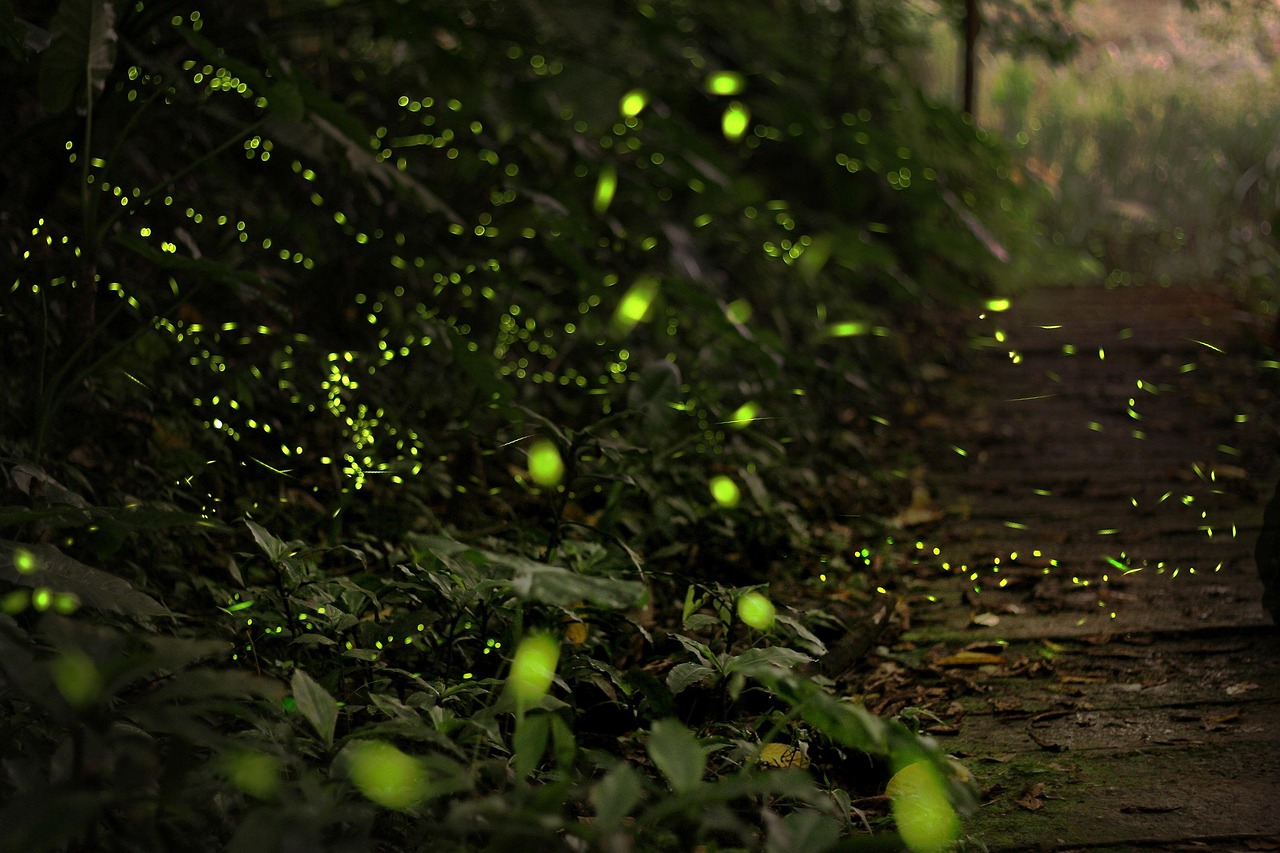
You’ll find some of the most comprehensive firefly research happening right in Pennsylvania. Penn State researchers have conducted extensive firefly studies using citizen science data, finding that while fireflies face challenges from climate change and habitat loss, certain ecological conditions can support stable populations. The key discovery? Certain ecological regions and climate patterns are actually good for fireflies, particularly areas with warm summers and cool winters.
Conservation efforts in Pennsylvania focus on creating ideal conditions: keeping nighttime lights low, providing areas for egg-laying and larval development, and maintaining diverse vegetation with meadows near tree lines. This research has become a blueprint for other states looking to support their firefly populations.
Florida: Remarkable Species Rediscoveries
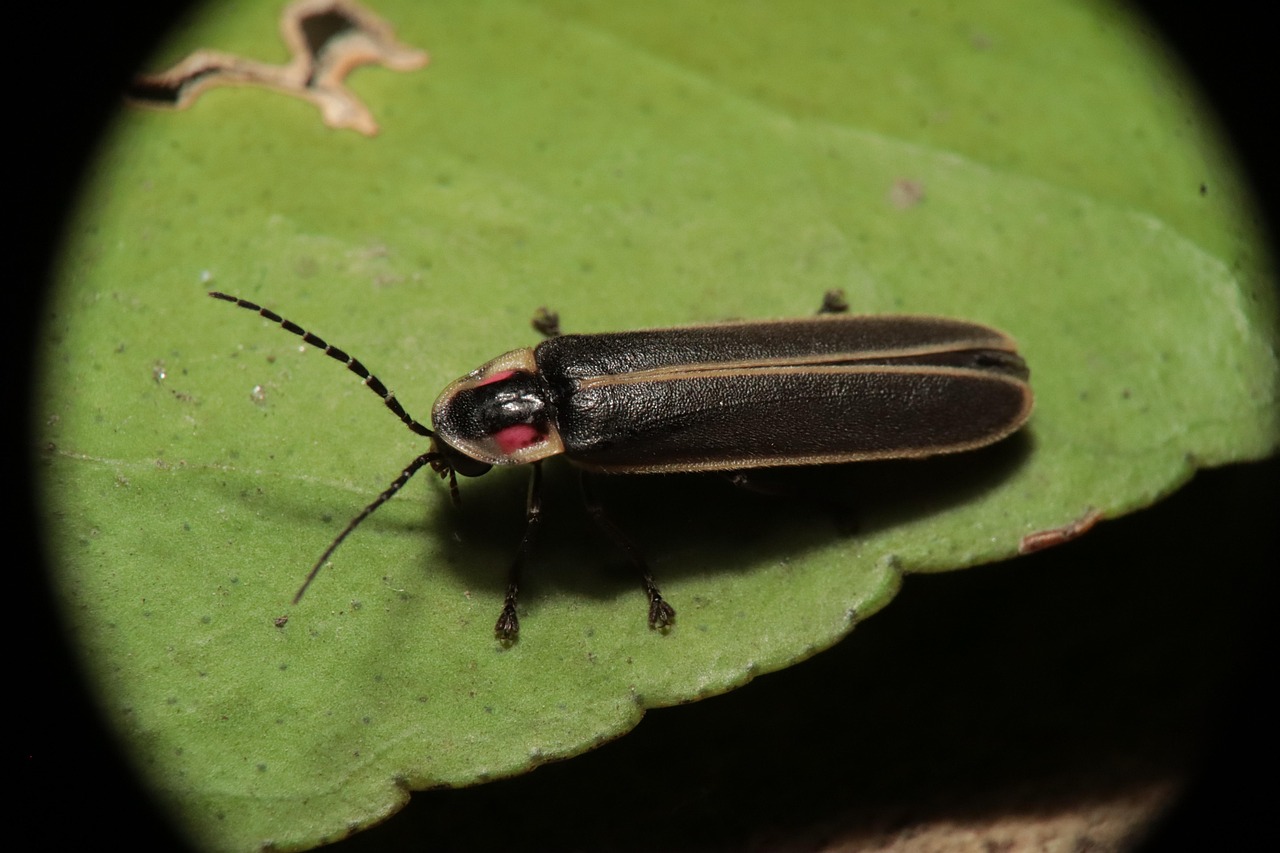
Florida has become a hotspot for exciting firefly discoveries and conservation wins. Conservation efforts in Florida focus on protecting habitats for endangered species like the Florida intertidal firefly, with habitat restoration projects showing potential for supporting these specialized beetles. This happened without any human reintroduction efforts, proving that if you build the right environment, fireflies will come.
Conservation teams successfully documented Florida intertidal fireflies at John R. Bonner Park on Florida’s Gulf Coast in 2024. Blue Spring State Park has also become a showcase for firefly diversity, where lightning bugs put on impressive shows and researchers are cataloging multiple species. These successes demonstrate how targeted habitat management can support both common and rare firefly species.
Georgia: Bringing Back the Loopy Five
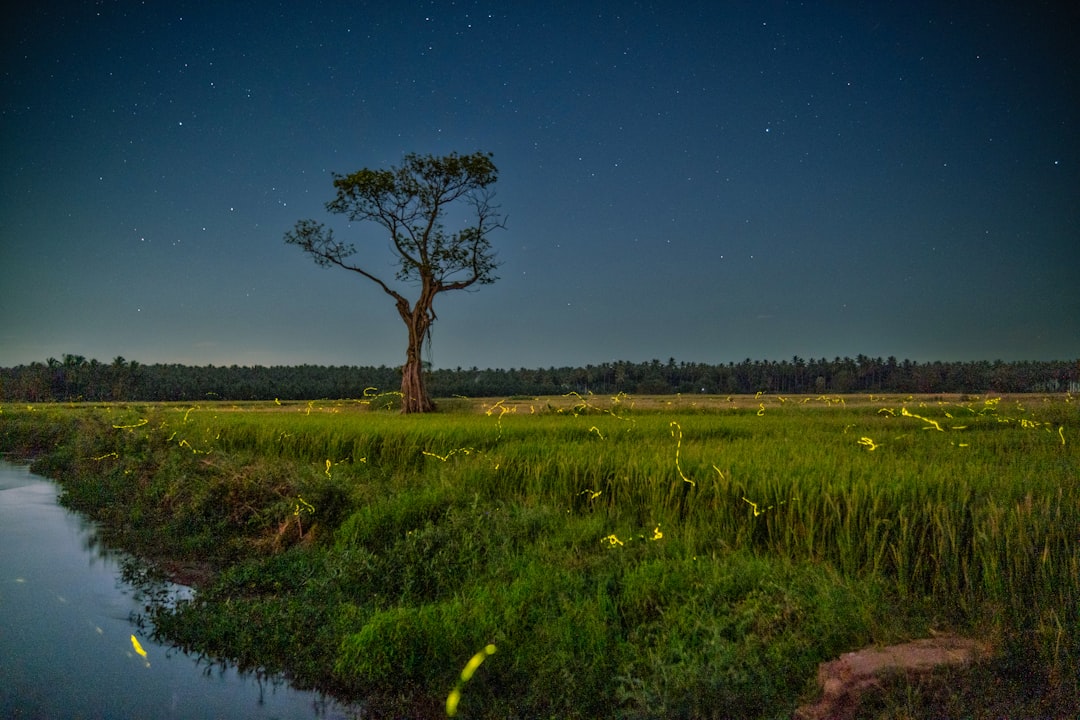
Georgia continues its firefly conservation efforts, with researchers working to document and protect rare firefly species in various habitats including wetlands at botanical gardens and nature preserves.
The location includes a boardwalk through the wetland that provides excellent, low-impact access for future study and enjoyment of this unique and rare species. This rediscovery proves that even species thought to be nearly extinct can surprise us when we look in the right places and protect critical habitats.
Iowa: An Unexpected Summer Surge
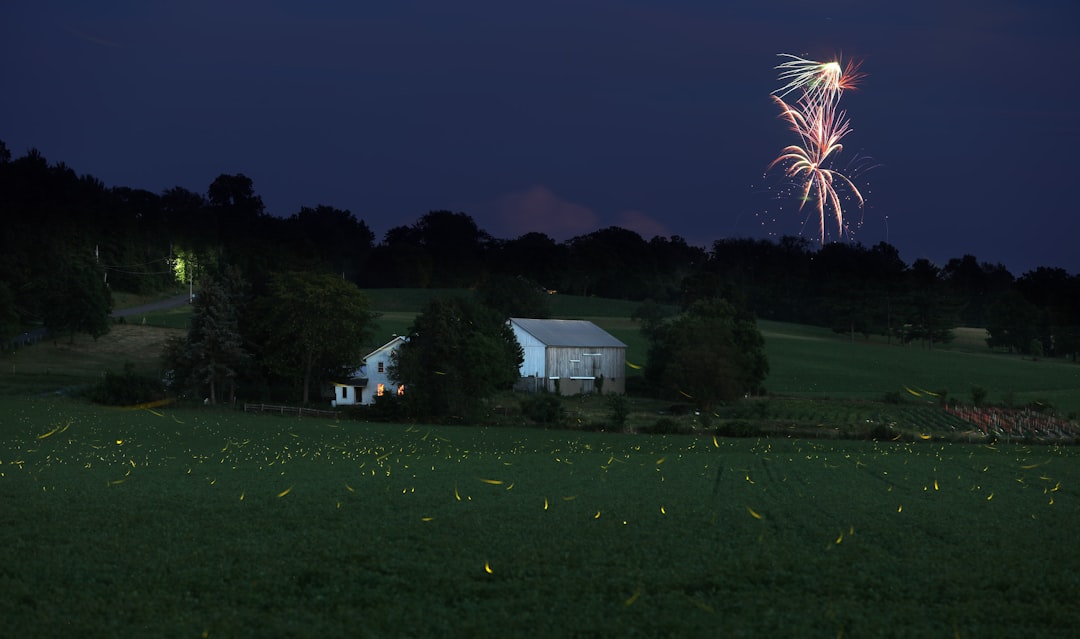
Iowa delivered some of the most surprising firefly news in recent years. ISU insect diagnostician Zach Schumm reported that firefly populations are actually up this summer, which is unusual since firefly populations have been declining for decades. While national populations are still declining, experts aren’t sure why Iowa fireflies seem to be having a better summer, but residents are enjoying the population resurgence.
In Iowa, prairies are particularly beneficial to firefly populations, and conservation efforts focus on prairie reconstruction initiatives, native seed collection, and creating micro-prairies in residential yards. This success story shows how landscape-level conservation can benefit fireflies across entire regions.
Tennessee: The Great Smoky Mountains Sanctuary
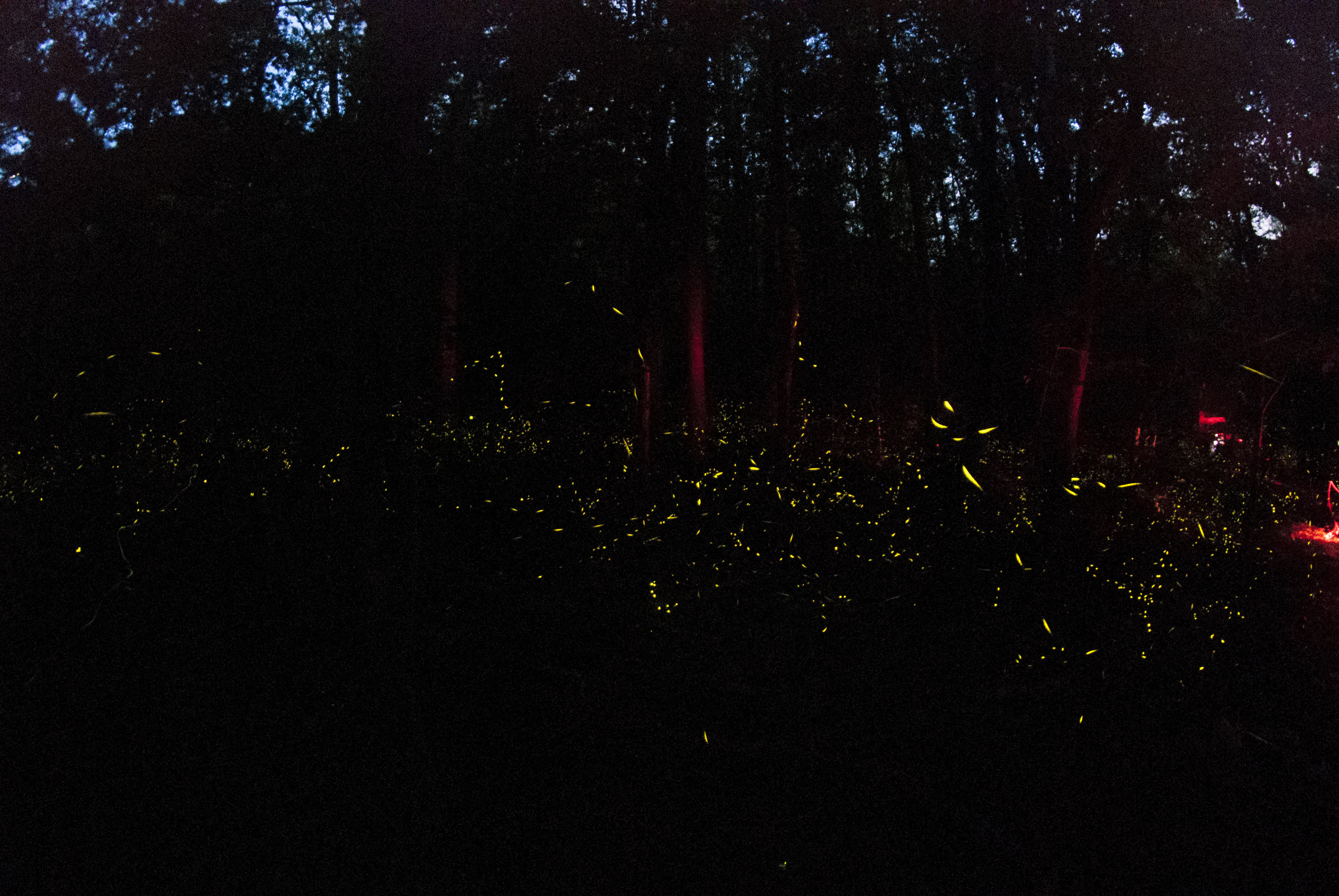
Tennessee’s Great Smoky Mountains National Park hosts one of the world’s most spectacular firefly phenomena. The park hosts the world’s largest gathering of synchronous fireflies in the Western Hemisphere, with thousands of fireflies blinking in perfect unison like nature conducting its own symphony of light. The Elkmont area’s synchronous fireflies put on such a dramatic show that events are planned annually, with annual viewing events typically scheduled in late May and early June.
The show is so popular that the National Park Service created a lottery system, with only 960 parking passes available and fierce competition for tickets. This protected habitat demonstrates how national parks can serve as crucial firefly refuges, maintaining healthy populations that can potentially recolonize surrounding areas.
South Carolina: Synchronized Success Stories

South Carolina has developed impressive firefly conservation programs, particularly at protected sites. Congaree National Park offers a unique firefly experience in its old-growth floodplain forest, with the 2024 Synchronized Firefly Viewing Event running from May 16-25 and attracting visitors from across the country.
At the Audubon Center at Francis Beidler Forest, firefly programs are so popular that all 450 tickets sold out in 72 hours, and organizers are considering expanding their Firefly Nights schedule for 2025 to accommodate more people. The fireflies stick to predictable seasonal schedules each year, giving some predictability to these otherwise secretive insects and allowing for reliable programming.
Virginia: Rural Recovery Zones
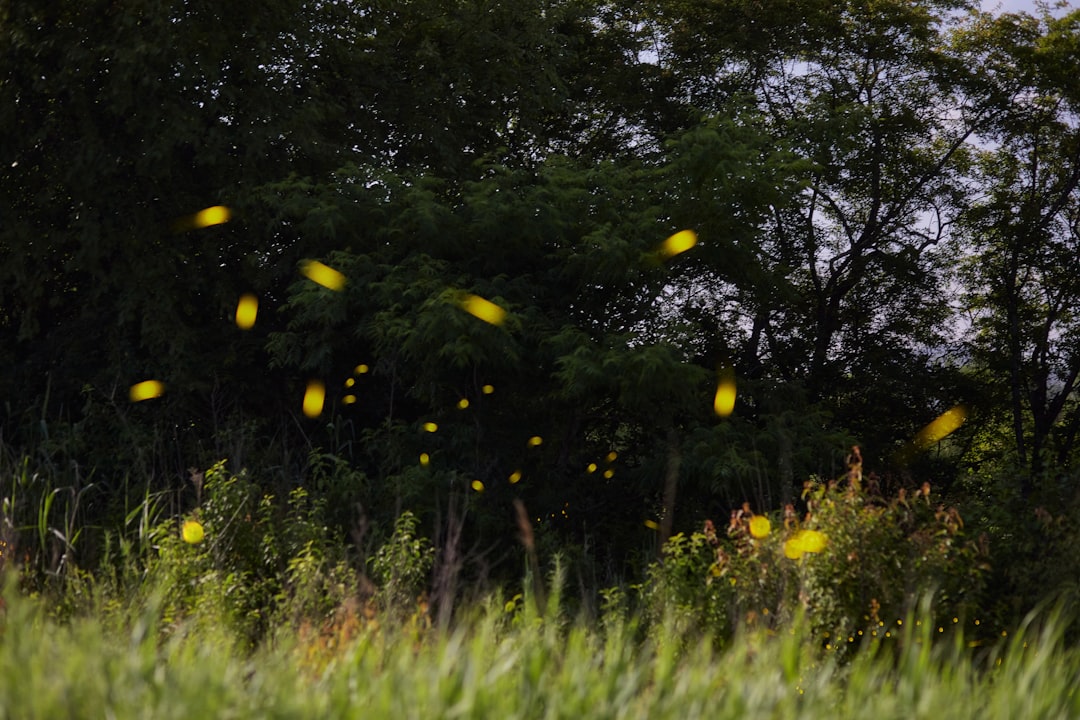
Virginia offers some of the most encouraging examples of firefly resilience in rural areas. According to Virginia Tech experts, whole swaths of rural Virginia are still really good for watching fireflies, particularly areas along roads that follow lakes or creeks. While fireflies are threatened due to habitat loss, they are not going extinct and some are adapting in different regions.
Simple conservation actions are making a difference: leaving sections of lawn unmanaged, turning off outside lights, and reducing pesticide use. Virginia State Parks’ annual Firefly Festival at High Bridge Trail State Park near Farmville guarantees visitors firefly viewing opportunities, demonstrating successful habitat management.
North Carolina: Blue Ridge Mountain Magic
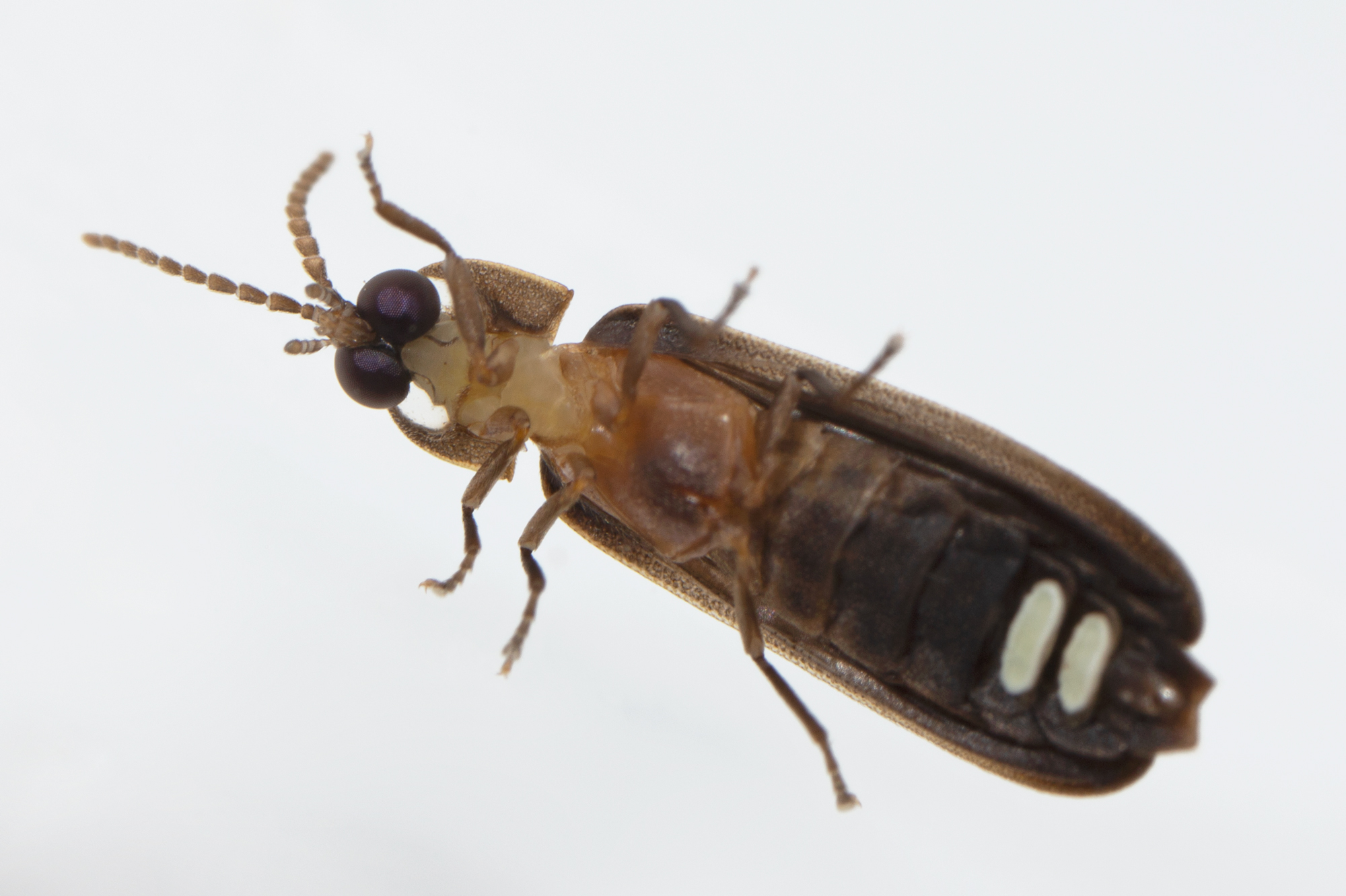
North Carolina’s mountainous regions provide ideal conditions for specialized firefly species. The Blue Ridge Mountains support blue ghost fireflies (Phausis reticulata), a species that creates ethereal displays in forest understories. These protected mountain habitats serve as crucial refugia where fireflies can maintain stable populations despite challenges elsewhere.
The state’s diverse ecosystems, from coastal plains to high mountains, support multiple firefly species with different habitat requirements. Conservation efforts focus on maintaining this habitat diversity while reducing light pollution in critical areas.
Texas: Expanding Research Frontiers

Texas has emerged as an important center for firefly research and conservation. The “Glow Patrol Firefly Research Team” in southeast Texas expanded beyond the Armand Bayou Nature Center to Anahuac National Wildlife Refuge, where they documented the two-step flasher firefly, a Near Threatened species with flightless females that limits their dispersal ability.
The southwest spring firefly (Bicellonycha wickershamorum) was the most frequently surveyed species in the 2024 Firefly Atlas, indicating strong research activity and potentially healthy populations in suitable Texas habitats. These efforts are expanding our understanding of firefly diversity in the American Southwest.
Colorado: Breakthrough Breeding Programs
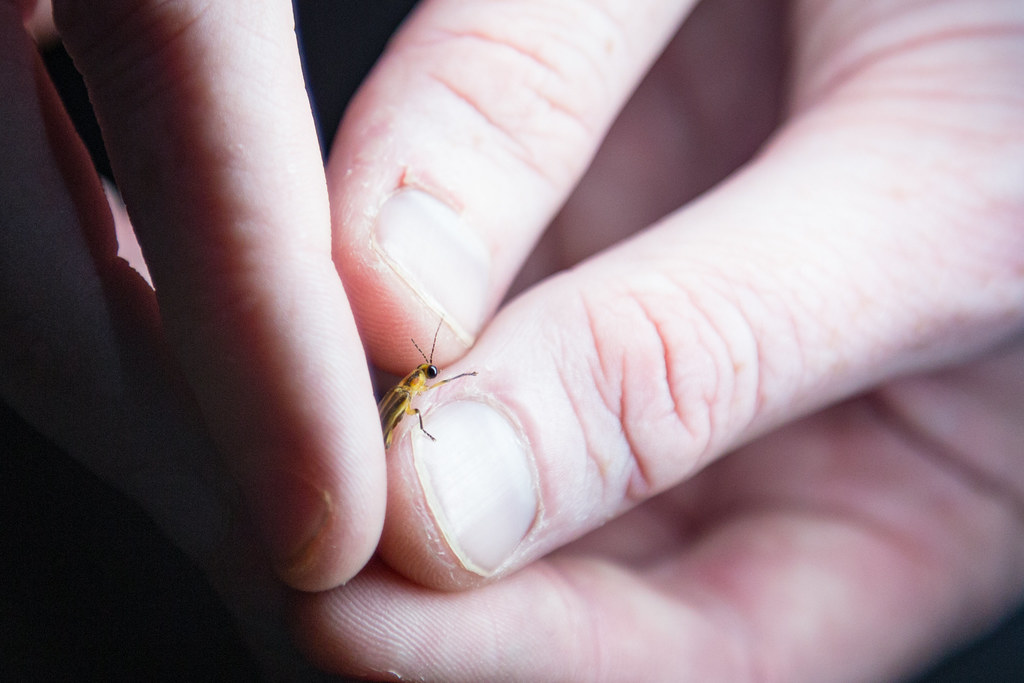
Colorado might surprise you as a firefly recovery success story. Most people are unaware that Colorado has native fireflies due to light pollution and development destroying their habitat, but Butterfly Pavilion is studying how to breed and raise fireflies under human care to conserve fireflies and their habitat.
Butterfly Pavilion aims to understand firefly husbandry and rearing in preparation for restoration of wild populations suffering from habitat loss in Colorado, developing industry best practices and determining their potential for display in outdoor zoo exhibits. This groundbreaking work could provide models for firefly restoration efforts nationwide.
Delaware: Federal Protection Leadership
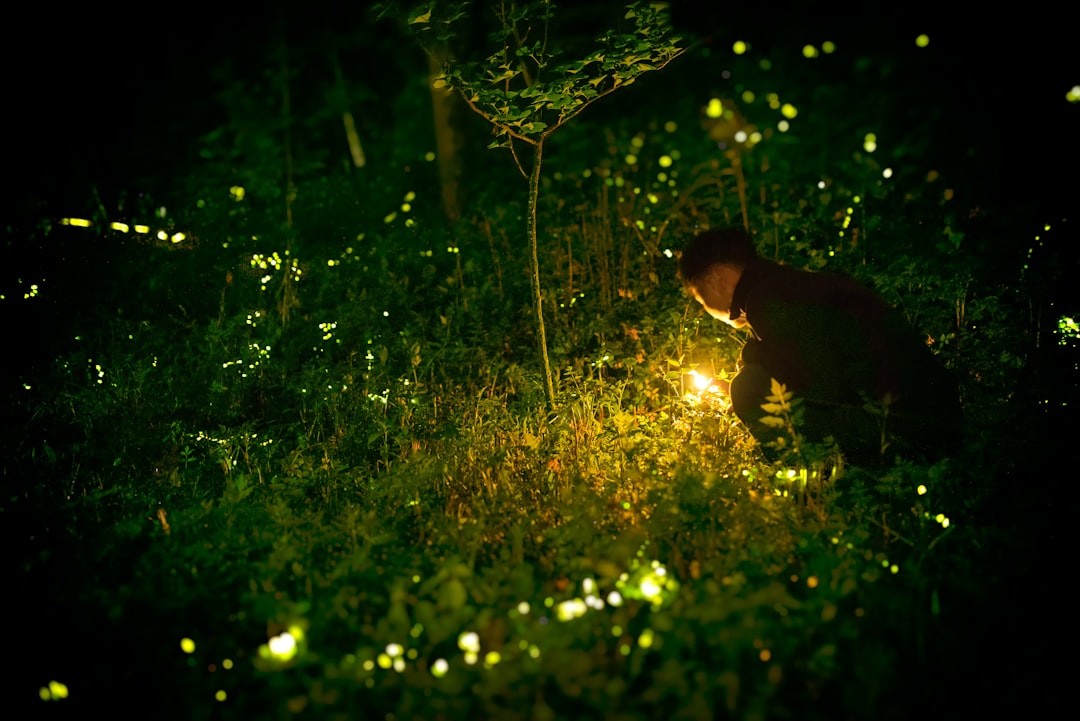
Delaware achieved a historic milestone in firefly conservation. In 2024, the U.S. Fish and Wildlife Service made history by proposing to list the Bethany Beach firefly as a threatened species under the Endangered Species Act – the first firefly ever to receive this protection. This tiny beetle, found only in coastal areas of Delaware, Maryland, and Virginia, faces threats from sea level rise, development pressure, and climate change.
The Bethany Beach firefly is found only along a 32-kilometer stretch of coast in Delaware, where it lives in freshwater-fed depressions among sand dunes, and while listed as endangered at the state level, federal protection will provide additional safeguards.
Maryland: Collaborative Conservation Efforts
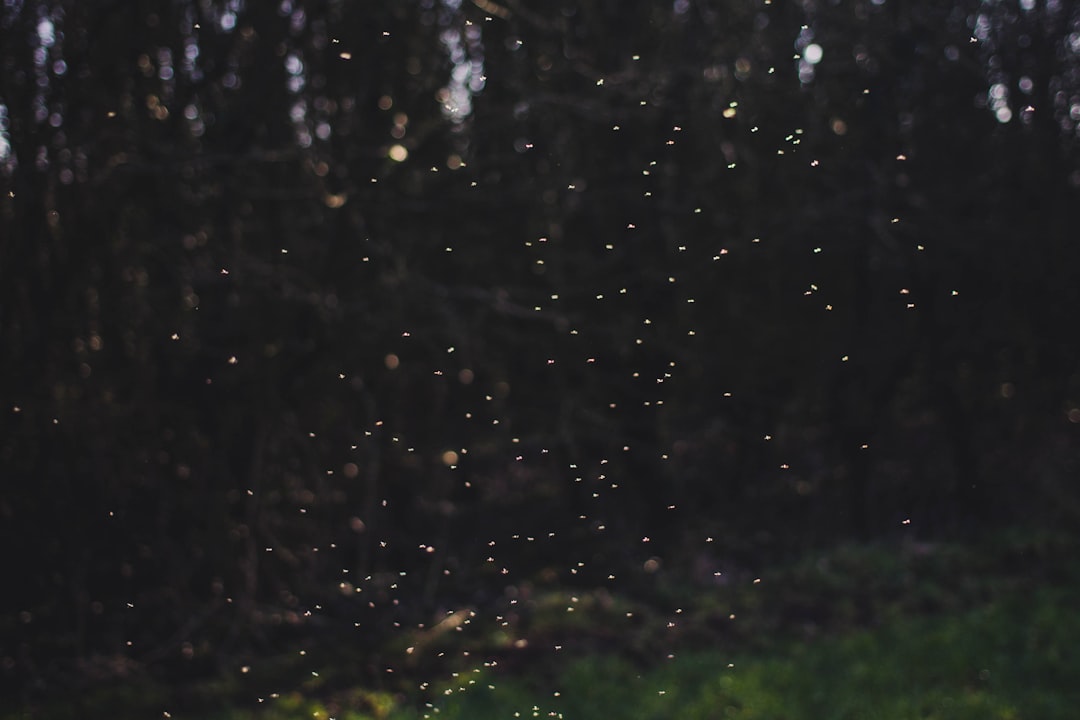
Maryland participates in the broader Mid-Atlantic firefly conservation initiative, particularly focusing on the Bethany Beach firefly that occurs along its coastline. The state’s conservation efforts include habitat protection, light pollution reduction, and citizen science monitoring programs that contribute valuable data to regional conservation planning.
Maryland’s diverse habitats, from Chesapeake Bay wetlands to Appalachian forests, support multiple firefly species. Conservation success depends on maintaining these varied ecosystems while addressing specific threats like coastal development and light pollution in urban areas.
Multi-State Conservation Networks
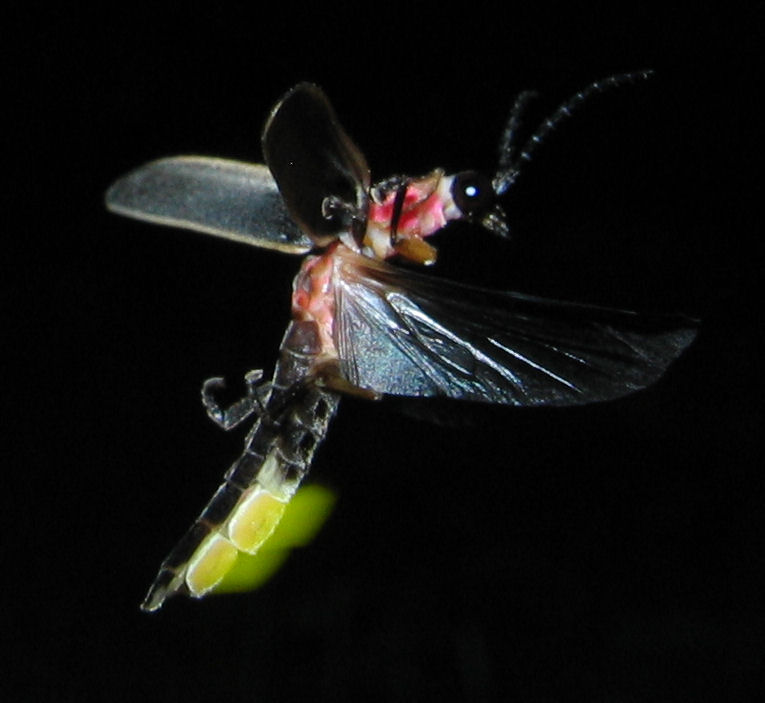
The most exciting development in firefly recovery isn’t happening in just one state, but through collaborative networks spanning multiple regions. Participants from 37 states and one Canadian province submitted data to the Firefly Atlas in 2024, creating an unprecedented database of firefly observations and conservation needs.
The Firefly Atlas engages volunteers across North America to document firefly populations, and in 2024, volunteers submitted 385 incidental firefly observations and 217 full surveys, creating datasets that would be impossible for individual researchers to collect. This citizen science approach is revolutionizing our understanding of firefly populations and identifying conservation priorities across the continent.
The story of firefly recovery across America shows us something profound about conservation: when we combine scientific research with community action, protect and restore habitats, and reduce human impacts like light pollution, nature responds. Although there has been habitat loss for fireflies, there are steps we can take to help those numbers recover through mitigating light pollution, using environmentally friendly pesticides, and preserving their habitats to ensure we haven’t seen the last of fireflies. These twelve states prove that with dedication and smart conservation strategies, we can keep the magic of summer nights alive for generations to come. What do you think about these conservation success stories? Tell us in the comments.

Jan loves Wildlife and Animals and is one of the founders of Animals Around The Globe. He holds an MSc in Finance & Economics and is a passionate PADI Open Water Diver. His favorite animals are Mountain Gorillas, Tigers, and Great White Sharks. He lived in South Africa, Germany, the USA, Ireland, Italy, China, and Australia. Before AATG, Jan worked for Google, Axel Springer, BMW and others.




